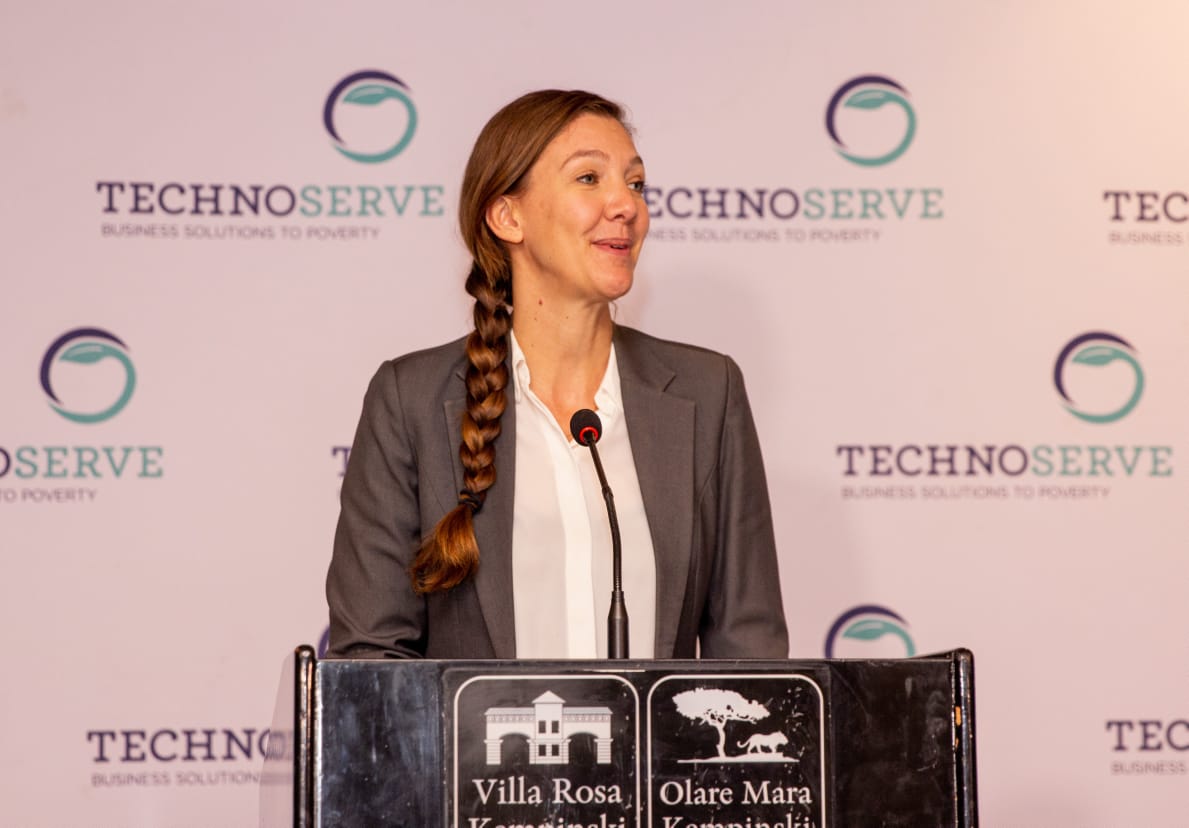Today TechnoServe’s Strengthening African Processor of Fortified Foods (SAPFF) Program held a close out event in the form of a lessons Multi- Stakeholder Workshop. During the convening, data showing significant progress in the fortification of wheat and maize flour in Kenya was presented. Fortification is the process of adding key vitamins and minerals that are essential for good health to staple foods flour.
Addressing challenges related to malnutrition in Kenya has been a significant concern for the national government, where out of a total under-5 population of 7 million, 1.82 million children (26 percent) are suffering from chronic malnutrition (stunting or low height-for-age), according to the Kenya National Bureau of Statistics (KNBS). Furthermore, although malnutrition indicators are improving, it is estimated that from 2010–2030 undernutrition will cost Kenya approximately US$38.3 billion in GDP due to losses in workforce productivity. Fortifying staple foods like wheat and maize flour with key vitamins and minerals is one of the most scalable, sustainable, and cost-effective tools to combat malnutrition in Kenya and worldwide.
According to figures presented by the SAPFF Program, overall progress has improved since the start of the program, despite some challenges that the milling industry has expressed as a result of the COVID-19 pandemic. The data showed:
- Compliance levels for wheat flour fortified with vitamin A, vitamin B3, and iron increased from 28% in 2018 to 49% in 2022, which equates to an additional 12 million Kenyans having access to adequately fortified products.
- Compliance levels for maize flour fortified with vitamin A, vitamin B3, and iron increased from 51% in 2018 to 70% in 2022, which equates to an additional 11 million Kenyans having access to adequately fortified products.
Over the course of implementation, with particular focus on supporting wheat and maize flour millers in Kenya, SAPFF has captured learnings that continue to shape adaptable approaches, investment commitments and innovations within the industry. Data gathering has remained critical component of SAPFF’s engagement strategy with the private sector in not only it facilitating trust on the basis of product quality assessments, but also encourages the harmonization of these technical observations amongst key stakeholders within the fortification ecosystem.
Multi-stakeholder partnerships are crucial to developing large-scale food fortification programs. Governments, civil society and the private sector need to work together to achieve adequate food fortification and fight “hidden hunger” and its disastrous consequences.”. Ms. Floor Overbeeke, Country Director (Kenya) TechnoServe.
Subsequent analysis on key inputs (premix/grain quality) have been undertaken to inform key business decisions and policy considerations. The SAPFF Program has established partnerships such as those with The Cereal Miller’s Association (CMA) and Kenya Bureau of Standards (KEBS) to further facilitate cross-sectoral collaboration. Input quality, technical capacity of the industry, fortification monitoring, and use of appropriate technologies were discovered by the project to be crucial in driving change in compliance with the national food fortification standards.
“We need data! It is as simple as that … to nudge us in the right direction and to ensure that everyone is judged by the same standards”. Paloma Fernandes CEO, Cereal Millers’ Association (CMA)
The discussion also highlighted the need to support industry efforts towards establishing data- driven self-regulatory platforms, in alignment with existing government regulatory mandates. It is expected that continued dialogue in this regard will lead to the consideration of policies which will improve the food processing ecosystem, guide flour quality, and improve fortification efforts in Kenya.
The workshop culminated with a call to action from key food fortification partners that will include the exploration of establishing a joint input quality assessment framework that will also set the path for continued engagement and collaboration amongst relevant stakeholders, while identifying their anticipated roles in pursuing the same.
